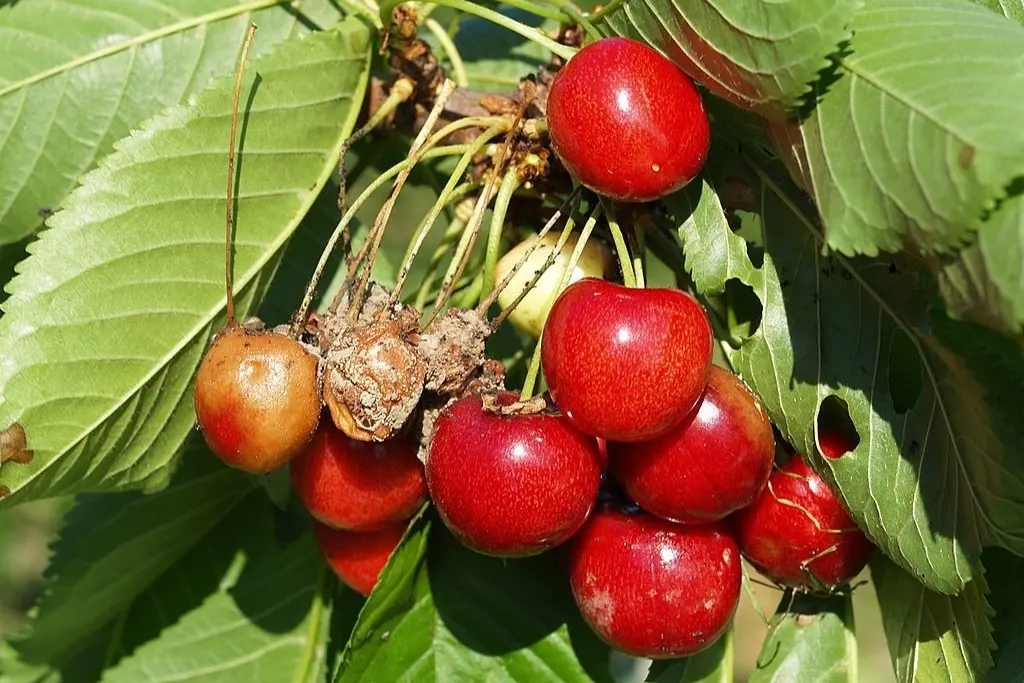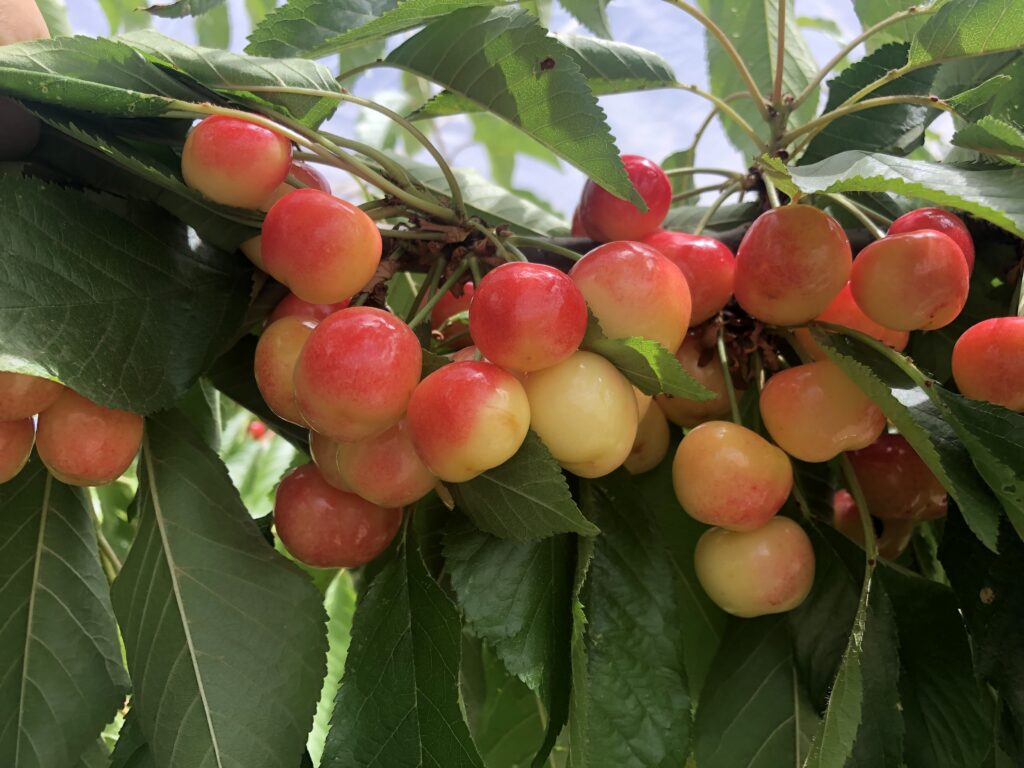The southern cherry cultivation, and Apulian in particular, is the national benchmark both in terms of surface area and production. The high adaptation of the crop to poor and predominantly skeletal soils, scarce water availability, and the high quality of the product are the keys to the success of cherry cultivation in Apulia.
However, the propensity for renewing the crop, choosing new varieties and rootstocks as well as implementing protective structures, is slow. The cost is productivity and thus the profitability of the crop. Among the easiest innovations to apply is undoubtedly the use of biostimulants, a very broad category of products with numerous available solutions.
Among the main problems that have affected cherries in recent years, the lack of satisfaction of the cold requirement stands out, especially in coastal areas, which are also the most remunerative for the early harvest period. The lack of cold hours accumulation during the winter period causes numerous floral anomalies, staggered flowering, poor fruit set, and productivity.
To address this problem, it is common practice to apply dormancy breakers in the winter period. While the main objective used to be to anticipate flowering, today the aim is more often to uniform and make flowers more fertile. The correct timing of dormancy breaker application can greatly improve productivity and product quality. Conversely, too early applications cause further physiological imbalances in the plants.
Another very interesting category of biostimulants is anti-stress products. Water shortage, especially in the post-harvest period, is one of the main causes of low productivity in the following season as well as the high percentage of double fruits.
Although interesting but of limited effectiveness are anti-cracking products. These products are divided into two categories: calcium salts and similar products and products that simulate the structure of the cuticle. The effect of applying these products in anticipation of a rainy event can help reduce the incidence of this physiological disorder, although it is not decisive.
Cherry cultivation remains one of the potentially most profitable crops in terms of environmental adaptability and efficiency in the use of inputs. For it to continue to be successful, however, it is necessary to undergo a radical process of innovation, as has happened with other crops, primarily table grapes, starting with the implementation of covered systems with hail nets and rain covers.
To download the PDF of the report click here
Image: SL Fruit Service
Lorenzo Laghezza
AGRIMECA
Cherry Times - All rights reserved










